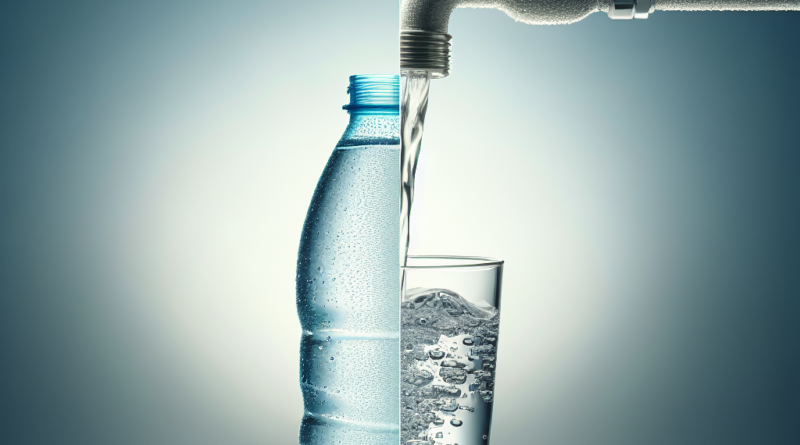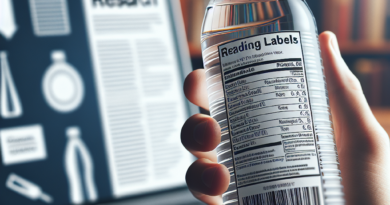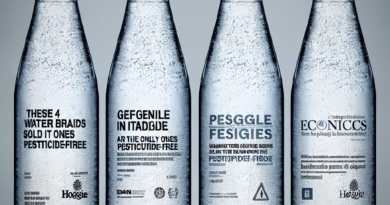“The Economic and Political Impact of Bottled Water vs Tap Water”
Differences Between Bottled Water and Tap Water
Some families routinely buy bottled water, while others prefer to fill their bottles and pitchers from the tap.
Beyond personal preferences, there are actual differences between the two types of water.
It is no coincidence that, even from a regulatory standpoint, the two must adhere to different rules, ensuring their safety for consumption as drinking water.
Costs and environmental impact, particularly in terms of plastic packaging, are indeed significant differences between bottled water and tap water.
However, few people are aware that their composition is also different.
Not all water is the same, and having all the necessary information is crucial to making an informed choice.
Source and Processing
The primary difference between bottled water and tap water lies in the source of their supply, which has various implications.
Bottled water comes from protected underground springs or aquifers, while tap water is drawn from a variety of sources, including rivers, lakes, and both shallow and deep aquifers.
As a result, bottled water is naturally pure from the start, whereas tap water requires processing to become potable.
Tap water undergoes bacterial disinfection treatments using safe agents like chlorine and interventions to eliminate any chemical contaminants in the distribution process.
Domestic water purification is overseen by the Integrated Water Service Manager and the local Health Authority, with regular inspections.
Despite not needing purification, mineral water is subject to periodic checks to verify its composition.
Bottled water, containing mineral salts and trace elements, is labeled accordingly.
Quality and Safety
Another difference is the presence of minerals and trace elements in bottled water, providing greater security for those with specific dietary needs, although tap water is safe for consumption and not harmful.
In essence, bottled water allows immediate inspection of the composition and quantities of each element present.
However, these differences are not crucial for water safety from a legal perspective, as it is always guaranteed.
Non-compliant water would not be on the market or reach the taps.
Is Tap Water Drinkable?
Concerns about tap water safety should be alleviated by the stringent monitoring and treatment it undergoes to eliminate bacterial and chemical contamination before reaching households.
Regular checks by the Ministry of Health ensure that tap water is drinkable and safe for cooking.
If doubts persist, home tap water can undergo analysis by professional centers or pharmacies offering this service.
Visual inspection of water clarity and odors is also helpful.
The water should be clear, aside from normal limescale presence, and odorless.
Maintaining and installing filters and purifiers are advisable, especially in older homes.
For detailed water composition data, residents can consult monitoring results and water quality reports on official websites of local authorities or the Health Authority.
Such transparency helps ensure peace of mind regarding tap water safety.




